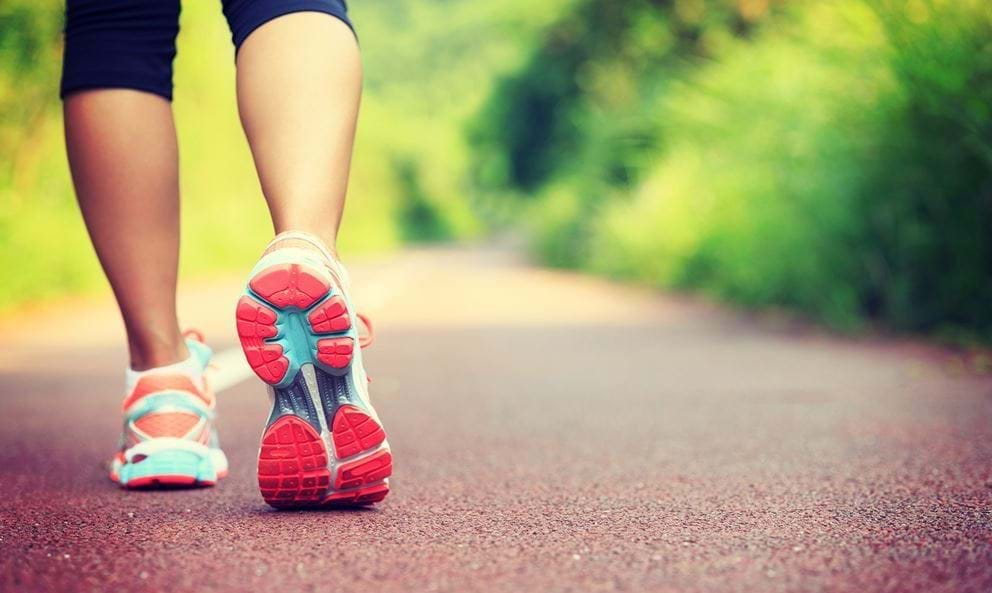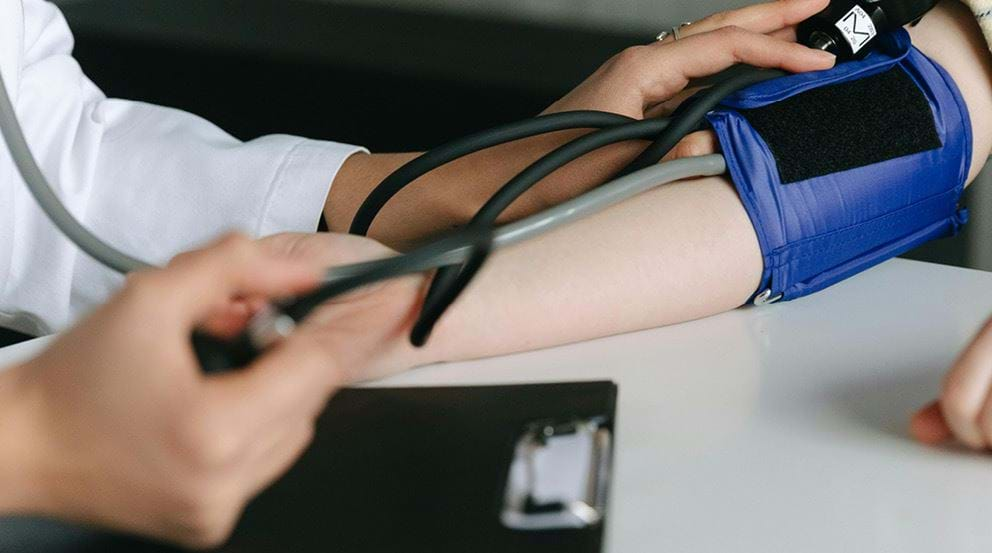Marathon Ready: What are Running Gels and Will They Help?

What Are They | Do They Work? | When to Take Them | How to Take Gels When Running | How Often You Should Take Them | Are There Any Risks? | Are They Bad For You? | How To Carry Them
Page last updated: 10th February 2025
Whether you're training for a 10K, half marathon or a full marathon, you're no doubt working out how to keep healthy, fit and energised while you train and run.
Running gels are a major part of race-prep for a lot of people looking to improve their time or simply boost energy during a run, particularly for longer events like marathons, and you may well be wondering what all the hype is about.
Is it worth picking up a few tubes? Will they really help your running performance? Let's take a look.
What are running gels?
Running gels, also known as energy gels or sports gels, are gels containing simple sugars. Most are based on maltodextrin, which is rapidly absorbed and digested by the body.
The idea of these gels is to provide a quick mid-race energy boost and raise blood sugar so that the athlete has the fuel they need to make it across the finish line.
Do running gels work at boosting performance?
A 2006 study on well-trained runners participating in a half marathon found that energy gels had a negligible effect on running performance.
Another study, from 2014, looked at the performance of marathon runners when they were assigned to either a "scientifically-formulated" nutritional group (including energy gels) or allowed to follow their own nutrition plans. In this study, the "scientific group" had faster race times by 10 minutes 55 seconds on average.
The jury's out on whether running gels significantly impact race performance. They may help, but the impact on performance isn't likely to be major, especially if you've had poor nutrition leading up to the race. That said, if you need an energy boost during a long run, energy gels are easier to carry and consume than most other options. Topping up your energy stores can provide the energy needed to shave several minutes off your time and helps you win the mental fight.
When to take running gels
Everyone burns through their body's natural energy resources at different rates; some may feel burned out quickly into their run, while others may be able to continue for a much longer time. It's worth taking note of when this tends to be for you personally during your training, and using this to gauge when to take your running gels. When to take running gels can also depend on the type and length of race or activity you're doing.
Ideally, you don't want to have exhausted your natural energy supply before you take them, as they can take a few minutes to get to work in your body. Therefore it's generally recommended that, once you have an idea of when your body needs an energy boost, you aim to take a gel around five to fifteen minutes before you hit that point.
As a rough guideline, or if you're not sure about when you might need a gel, you could consider taking a gel around the 45 to 60-minute mark of a longer run.
When to take running gels for half marathons
For a half marathon, pacing your energy intake is key to maintaining stamina throughout the race. Many runners find that taking their first gel around the 45-minute mark works well, followed by another every 30 to 45 minutes, depending on their energy levels and how their body responds. If you're expecting to finish in around two hours, you might need one or two gels in total. For those running closer to the three-hour mark, an additional gel may be beneficial.
When to take running gels for marathons
For marathons, a more structured fueling plan is essential to avoid hitting the dreaded "wall." Many runners take their first gel around 45 minutes in, then continue with one every 30 to 45 minutes after that. This means you might need anywhere from four to six gels, depending on your pace and race duration.
Spacing them out evenly helps maintain steady energy levels rather than experiencing peaks and crashes. As with half marathons, pairing gels with water at aid stations can help with digestion and absorption. Practicing your fueling strategy during long training runs is crucial so your body knows what to expect come race day.
Other points to consider
It's worth noting, however, that some people find their stomachs will shut down during an intense run, meaning they struggle to keep down anything they try to eat or drink. If you find yourself feeling or being sick after consuming an energy gel, then it may be worth either shifting your timings for your next run so that you're taking it earlier, or sipping
How to take gels when running
It's best to take your running gels with water if you can, particularly if you have one of the thicker gels. This makes them more easily ingestible so, not only will they be more pleasant to consume, but they'll also work into your system more quickly. Usually, it's just a case of flicking the sachet so all the product drops to the bottom, tearing off the top and then swallowing the gel. Some people can do this while running, but it may be easier to pause for a moment while you take your gel.
How often should I take energy gels while running?
Again, this can depend on how your body burns through your own natural energy, but it's generally recommended that you don't take more than one an hour. Most energy gels will provide some guidelines, so check out their instructions before consuming.
Are there any risks or downsides to running gels?
Running gels may come with some risks or downsides. These include the following:
Certain gels may cause digestive issues. Not everyone's digestive system responds well to running gels, and even if one brand serves you well, a different brand with different ingredients may cause issues. If you're going to use a gel during a race, use the same brand during training to be sure it agrees with you. Don't just pick up a new one for the first time on the day of your race.
Running gels can be used as an excuse for a poor diet. The promise of running gels is that they'll give you the energy you need during a race to make it to the end. Sometimes these gels can be used as a crutch or an excuse for a poor overall diet. Bad idea. Good nutrition is just as important as proper training for success in any race.
Gels may cause you to experience sugar crashes mid-race. As running gels are largely sugar-based, you may find that using them during a race causes you to experience short-term highs followed by sugar crashes. To avoid this hampering your performance, practice timing your use of gels during training to keep your energy levels constant.
Are energy gels bad for you?
The short answer is no, energy gels are not inherently bad for you. However, like anything, they need to be used correctly.
They are designed to provide a quick and easily digestible source of carbohydrates during endurance activities, like half and full marathons to help prevent energy crashes and keep you going. However, some runners may experience digestive discomfort, particularly if they take too many at once or consume them without water.
The key is moderation and proper timing. Over-reliance on gels without balancing them with real food in your overall diet can lead to unnecessary sugar intake. Additionally, some gels contain caffeine or artificial ingredients, which may not sit well with everyone.
Testing different gel brands during training runs will help you find what works best for your stomach and energy needs.
How to carry running gels when running
If you're worried about how to keep your gels with you, especially if you like running without any additional baggage, the good news is that running gels are usually small, so they're easy to tuck on your person. Examples of how to carry them include:
Pocket them - it's as simple as keeping a couple of gels in your pockets. They're light and small enough that they shouldn't impede your run
Tuck them into your waistband or sports bra - just be careful to test this to make sure the gel packets don't rub or cause any soreness as your run
Store in a bag or running belt - for people who already run using a bag, belt or camel pack, you'll easily be able to carry a few gels in there too
Tie to your water bottle - if you're already carrying a water bottle in your hand or on your person somehow, you could try using an elastic band to attach your gel packet to the bottom - simple and space-saving!
Thinking about your next fitness fix?
For more running advice, check out our training plans for 5K, 10K, half marathon and full marathon events. You can also have a look at our exercise guides for more running and workout inspiration. Whether you're training for an event or just looking to boost your fitness, you can find a PureGym near you and make the most of our varied equipment and expert personal trainers.


